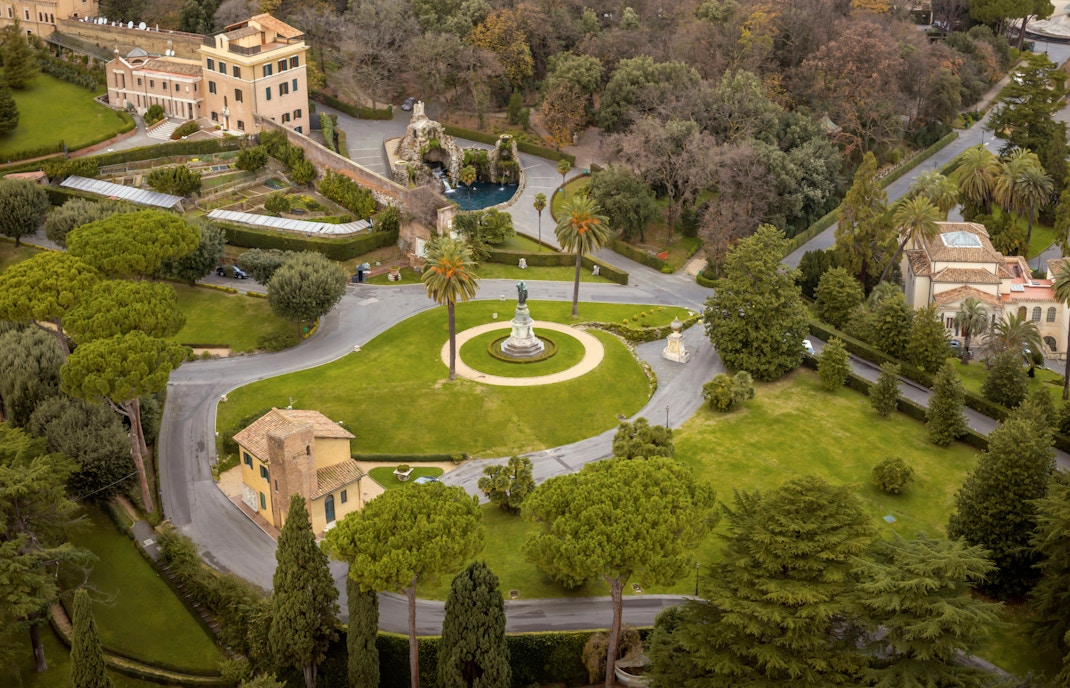The Vatican Museums are a renowned collection of art and Christian museums located within the walls of Vatican City. With over 70,000 artworks, including paintings and sculptures, the Museums span more than 54 galleries, showcasing an extraordinary range of artistic treasures.
Beyond their vast art collection, the Vatican Museums also house significant archaeological and ethno-anthropological works, such as Egyptian mummies and Etruscan bronzes. Visitors can explore some of the most artistically significant rooms, including those adorned with frescoes by Raphael and the world-famous Sistine Chapel, painted by Michelangelo. The Museums also feature classical sculptures, tapestries, and masterpieces by Renaissance icons like Raphael, Caravaggio, Michelangelo, Bernini, and Leonardo da Vinci. Additionally, they boast a Modern Religious Art collection with works by artists such as Carlo Carrà, Van Gogh, Gauguin, Salvador Dalí, and Pablo Picasso.
















